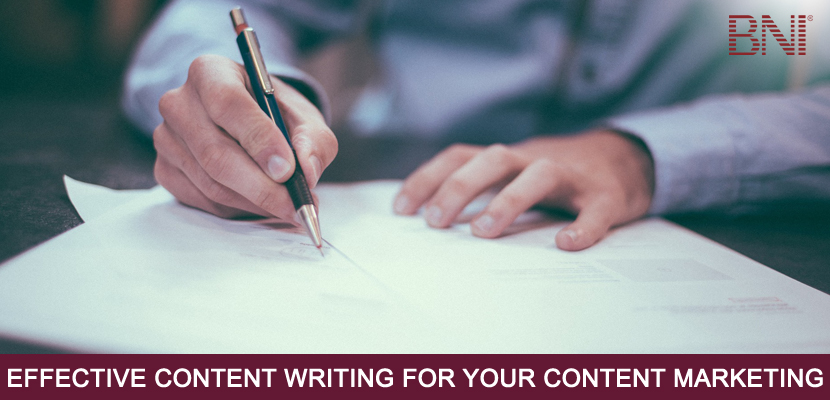Digital marketing is a powerful tool for branding and has struck out traditional marketing out of the game amounting to their decline by around 160 % if not more. Over the years, digital marketing expenses have risen almost by 16 %. Something which drives digital marketing is not just the accessibility of the online platform itself but also the content. Blogs, articles, whitepapers, websites, social media posts, et al. Intimate online platforms give words such space and power that the brand makes an immediate connection with the reader/audience.
So if such is the power of content marketing why do marketers fail to benefit from it? How to be heard, and, in this case, read amidst heaps of clutter? What do you need to write to be read?
Here are some guidelines:
1) What is the purpose of your content? Build your strategy based on why you want your audience to read something. Based on your ‘why’ you then decide ‘what’ you need to write for them. For example, if your purpose is to establish a long-lasting relationship with your customer base, you can create a blog which engages in them in topics related to your business. They understand your industry, they understand you! A fortnightly or monthly newsletter is also another means of keeping them informed about whats happening on your end. But if you need to find new customers, then writing about your company for a third party site is a viable option.
2) Who is your audience? The objectives of content for a B2B and B2C audience are completely different. In B2B the purpose of your content is to generate more leads and in B2C it is customer engagement around your product/service. Understand why your audience will want to know about you. A B2B reader will be looking for problem-solving solutions in you, whereas B2C is looking for some emotional connect, which pursues them to read you and then eventually buy your product/service.
3) Complement your writing with technology: Infographics have immense visual appeal. If you think especially statistical information which is generally a dry read can be better conveyed using info graphics then do so! Research shows that visual content holds the attention of the audience and increases retention too.
4) Save the dates: A content calendar will keep your content up to date with all the events happening around the year. Be it Independence Day or Diwali, remember to make them feel that you share or celebrate with them. This gives them a sense of belonging & attachment to you. Here again, while you engage your B2C readers with personal events like festivals, offers or promotions, your B2B readers mean strictly business. Important business events, new product launch, etc.
5) Make sure your words touch right cord: Sometimes there are delicate things a writer needs to deal with especially when writing for a public platform. Like for eg: If your company is hosting an event which is inviting students from different colleges, and if you wish to help certain students with entry fees; there is a way to let them know. Instead of just a curt and straightforward: ‘Those who cannot afford the entry fee, please contact us we will help you with subsidised rates’, it can read, ‘We don’t want anything to stop you from missing our latest venture, not even the entry fee. Feel free to contact us in case the price is unaffordable.’ The reader is at once consumed by your personal and honest gesture.
6) Use actionable content: Your reader will know you mean business when you cut to the chase and tell them what they want to hear. For eg: A music portal can go on and on about what all genres it caters to or just spell it real easy for its audience by saying, ‘Listen to your kind of yourmusically.com’. You have already made the connection with them in just 4 words by telling them that your portal has what they want.
With quantitative tools like Google Panda, HummingBird etc, one can definitely measure how many people open the link to your web page or social media page, but if you need them to stick around your words will matter more than keywords!
